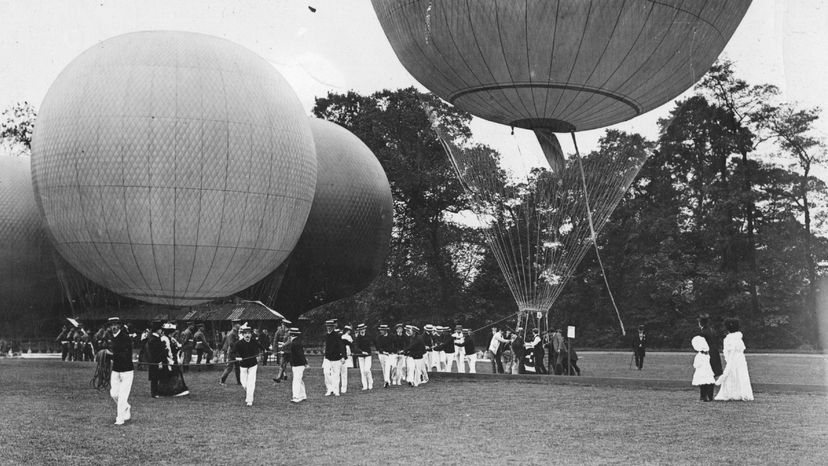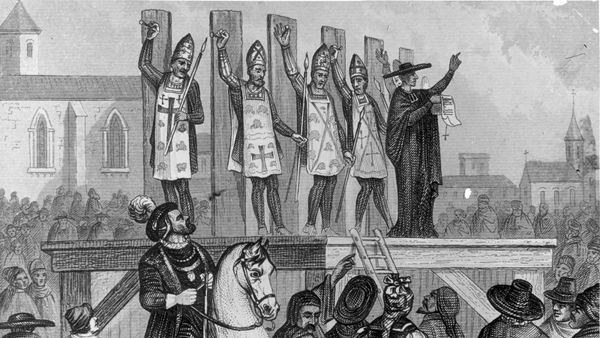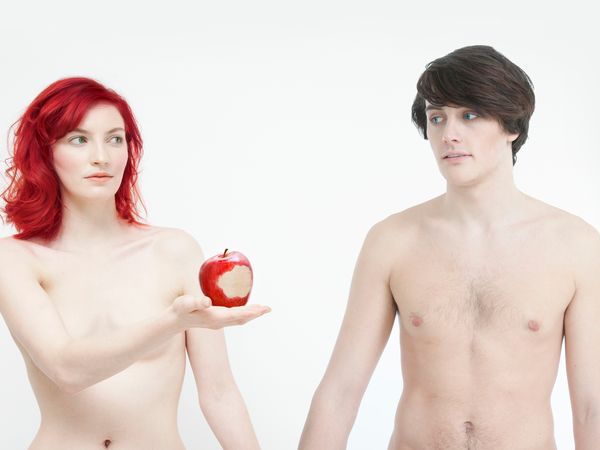
In 1907, Americans had a life expectancy of just 45.6 years for men and 49.9 for women. Even worse, this was the year that typhoid, an abdominal disease spread through water and food supplies, ravaged the nation.
But alas! Public health officials discovered that 47 people stricken with the disease were all from families that employed a cook named Mary. With "Typhoid Mary" safely quarantined, these were the highlights of that year.
Advertisement
Read about more surprising highlights from 1907 on the next page.


